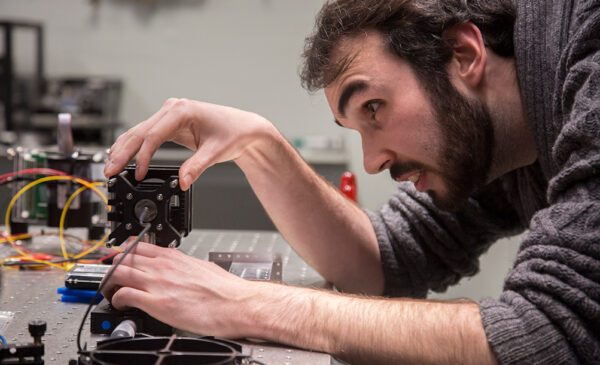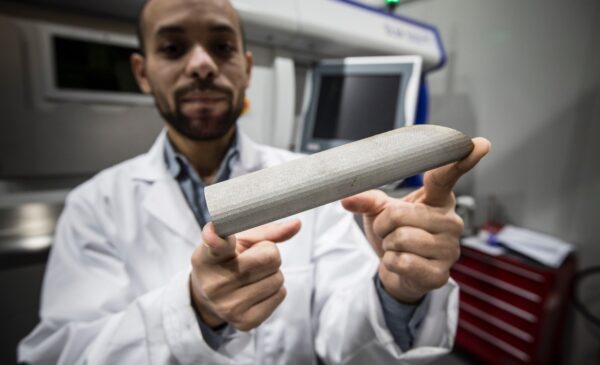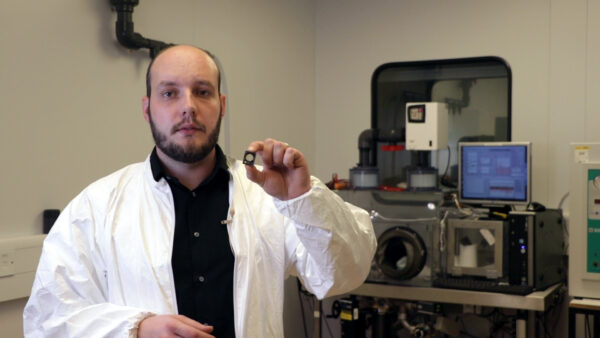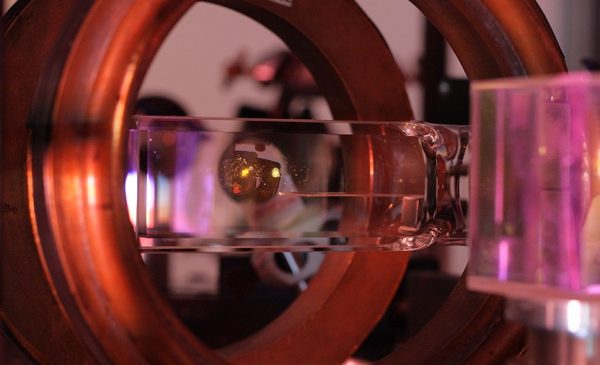The sensors being developed at the UK Quantum Technology Hub Sensors and Timing are remarkable in their accuracy and precision, but engineers are also working hard to reduce the size, weight and cost of the technology to ensure its accessibility in complex applications, such as gravity sensing, and access to high-volume markets. The aim is to deliver 1000-fold reduction in size for laser systems, and to hold entire cold atom sources within a single chip photonic package, representing a x1000 reduction in size for locked laser systems and a robust laser locking scheme for practical operation of cold atom systems in the field.
Micro-ring technology for the portable technology will also be delivered with of femtosecond frequency combs by more than 10-fold, and compact, narrow linewidth VECSELs for optical clocks.
Laser-cooling is a well-established technology, ready to support accessible, marketable and field-grade measurement systems. Quantum sensors based on this technology benefit from the long-coherence times provided by the isolated cold atoms, allowing for higher measurement precision and long-term stability. Reducing the complexity and volume of sensors with cold atoms at their core therefore expands their versatility, enabling more applications to profit from the enhanced performance. A key technology for reducing the size of the laser cooling optics is the use of binary diffraction gratings originally invented at the University of Strathclyde and developed during the first phase of the Hub to a commercial product from Kelvin Nanotechnology.
Optically pumped atomic magnetometers work by detecting the motion (precession) of an atomic spin around an external magnetic field much the same way as a spinning gyroscope precesses in gravity. In a magnetometer this spin precession frequency is proportional to the magnetic field so simply by measuring the frequency the magnetic field can be reached.
Using caesium atoms in a microfabricated mm-scale vapour cell, we have developed and field tested a miniaturised and portable magnetometer with low power consumption, capable of detecting minute changes in the Earth magnetic field. A wide range of applications are being investigated including geophysical surveying, defence and security and imaging of current flows in EV batteries.
The devices are all based on integration of a range of scalable technologies including vapour cells produced at wafer-scale and commercial FPGA-based detection and control electronics.
We are currently developing Spin-Exchange-Relaxation-Free (SERF) atomic magnetometers. When operated in magnetically shielded rooms they will have an extreme sensitivity, so that they can pick up the minute field created from nerve impulses, e.g. from the brain, to be used to develop biomedical imaging techniques based on optically pumped atomic magnetometers.









